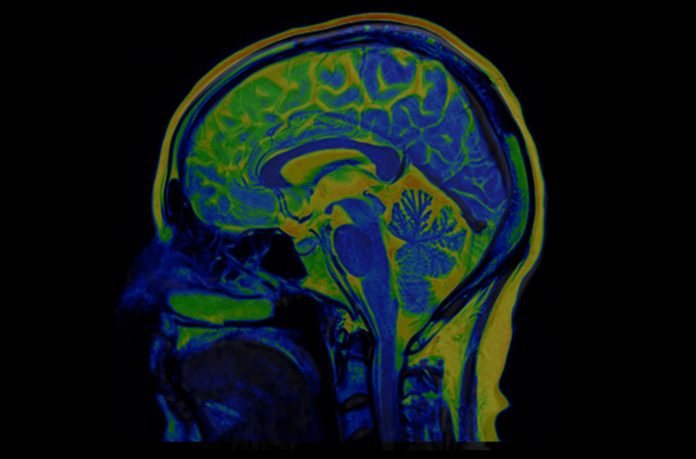
Neurocrine Biosciences and Voyager Therapeutics have announced a new collaboration around multiple gene therapies for the treatment of neurological diseases that could be worth over $1B.
Under the agreement, Neurocrine Biosciences will pay Voyager $175 million up front, and Voyager will be eligible for up to $985 million in total development milestone payments plus potential commercial milestone payments, and tiered royalties.
The two companies had signed a 2019 deal around Parkinson’s and Friedreich’s Ataxia, which was one of the biggest biopharma licensing deals that year. Neurocrine paid $165 million upfront, and offered a potential $1.7 billion in milestones and more. But Neurocrine pulled out of the Parkinson’s part of the deal after safety issues with the drug at issue, NBib-1817, led to an FDA clinical hold.
“This new collaboration with Voyager encompassing GBA1-mediated diseases such as Parkinson’s disease and Gaucher’s disease complements our existing collaboration around Friedreich’s Ataxia and other CNS targets, establishing the foundation for a strong franchise of next-generation gene therapies utilizing Voyager’s TRACER capsids to treat serious neurological diseases,” said Jude Onyia, PhD, chief scientific officer of Neurocrine Biosciences. “We believe GBA1 gene therapy has the potential to play a transformational role in the future treatment of Parkinson’s disease and other serious neurological diseases.”
The deal covers Voyager’s preclinical, intravenously administered GBA1 gene therapy, which combines a GBA1 gene replacement payload with novel capsids from Voyager’s TRACER (Tropism Redirection of AAV by Cell-type-specific Expression of RNA) platform. In addition, Neurocrine Biosciences and Voyager have agreed to collaborate on three new gene therapy programs directed to rare CNS targets, each also leveraging Voyager’s TRACER capsids.
Voyager is eligible to earn up to $175 million in development milestone payments plus substantial potential commercial milestone payments for each program, and tiered high single-digit to mid-teens royalties on U.S. net sales and mid-single-digit to low double-digit royalties on ex-U.S. net sales. Neurocrine Biosciences has agreed to fully fund the development of the three new programs.
GBA1 is the gene encoding the lysosomal enzyme glucocerebrosidase, and mutations in this gene have been associated with multiple diseases. Up to 10% of Parkinson’s disease patients have a mutation in GBA1, the most common genetic risk factor, increasing the risk of the disease approximately 20-fold.
Voyager reports that when homozygous, pathologic variants in GBA1 cause the lysosomal disorder, Gaucher disease, AAV-based gene replacement therapies using a blood-brain barrier (BBB)-crossing capsid can achieve sustained correction of this disorder. In a GBA loss-of-function preclinical model, Voyager says it has demonstrated CNS target engagement using its intravenous CNS-tropic capsids and delivery of therapeutically relevant levels of the enzyme GCase, which is encoded by GBA1.
Voyager says its TRACER (Tropism Redirection of AAV by Cell-type-specific Expression of RNA) capsid discovery platform is a broadly applicable, RNA-based screening platform that enables rapid discovery of AAV capsids with robust penetration of the blood-brain barrier and enhanced central nervous system (CNS) tropism in multiple species, including non-human primates (NHPs). Besides the Neurocrine deals, this platform is the basis for alliances with Pfizer Inc. and Novartis as well multiple programs in Voyager’s own pipeline.













